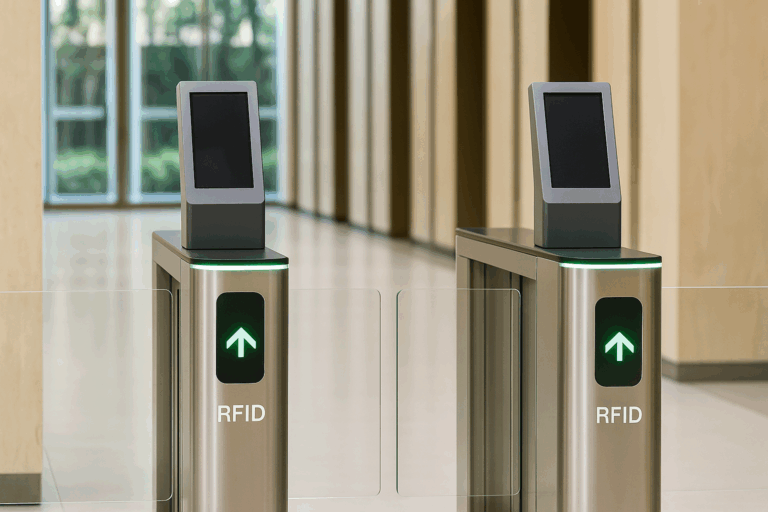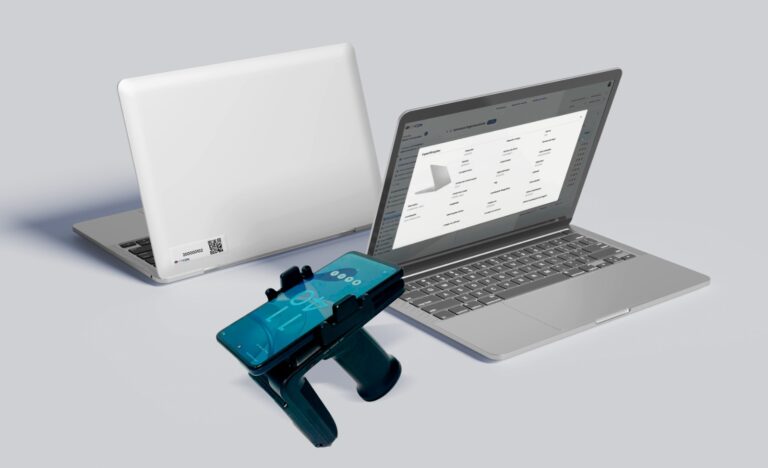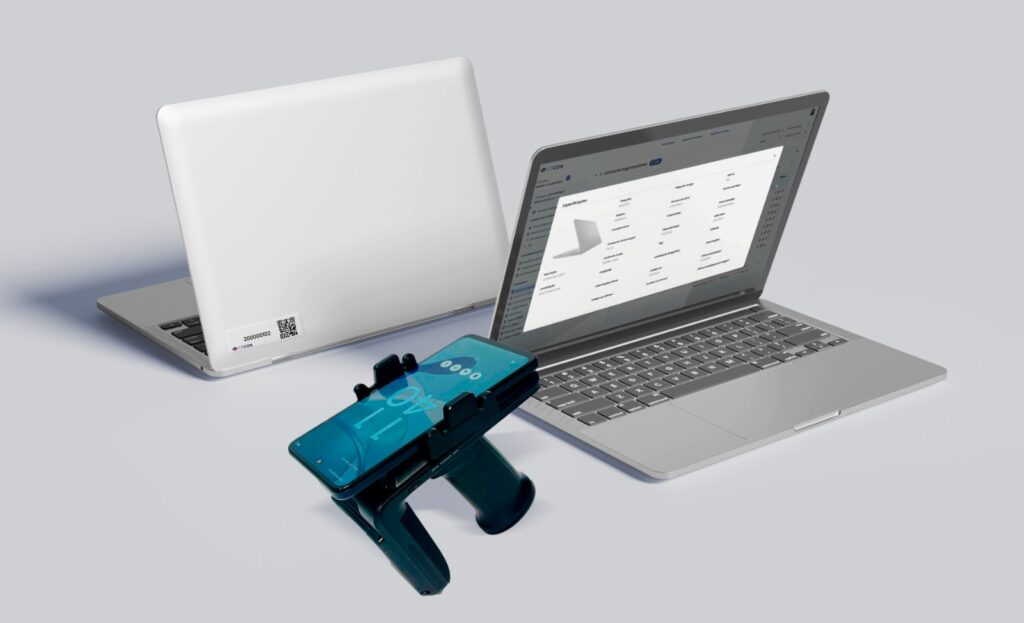A fixed asset audit is more than just a rule to follow. It is a key step for financial clarity, control, and good management. However, many companies feel nervous about it instead of planning ahead. This can lead to last-minute fixes, missing records, and not following the rules. The audit aims to make sure all fixed asset data, from physical inventory to depreciation schedules, is correct. Without good preparation, even well-organized companies can face problems, audit issues, and possible losses. The effects are not only financial; they can harm trust, data quality, and decision-making at the top level.
In today’s world, it’s important to track assets, follow rules, and save money. Fixed asset audits can help make internal processes better. For companies with many items in different places, careful planning is important. It can reveal hidden problems. This helps avoid chaos and improves long-term management of assets. In this article, we will share five key steps. These steps will help your organization get ready for a fixed asset audit. This will reduce stress, shorten audit time, and increase control. Let’s get started.
Table of Contents
ToggleWhat is a fixed asset audit and why preparation matters
A fixed asset audit is a formal process. It checks the existence, condition, value, and documentation of all assets on a company’s balance sheet.
This audit ensures that asset records match reality. This helps with accurate financial reporting and better decision-making.
If done without preparation, the audit can cause problems. It may lead to discrepancies, delays, and reveal control weaknesses.
However, if done strategically, it can confirm internal processes. It can also improve asset performance and support long-term compliance goals.
The importance of a fixed asset audit goes beyond just accounting. It affects depreciation accuracy, insurance coverage, tax compliance, and investment planning in all departments.
Data from the Institute of Internal Auditors shows that companies with organized audit preparation finish the process much faster. They can complete it up to 40% quicker. They also report 62% fewer discrepancies.
These numbers show that being ready for an audit is not just a task. It is a key factor in financial and business efficiency.
The next sections will guide you through five practical steps. These steps will help your organization prepare effectively, from reviewing documents to ensuring full compliance.
Each step aims to reduce risk and show strong control over your asset management.

Step 1: Review and reconcile all asset documentation
A successful fixed asset audit starts with good documentation. Errors in records can cause audit delays and financial mistakes.
First, check your asset register. Make sure it has important details like acquisition dates, costs, depreciation methods, and current locations. You should tag all physical assets and ensure they match your records.
Gather and check documents like invoices, transfer approvals, and disposal forms. Fix any mismatches between documents and accounting entries before the audit.
Do a quick gap analysis: which documents are missing, outdated, or inconsistent? Make a checklist to track and fix these gaps.
If you can, put all files in a digital system that allows for easy searching and version control. This makes it easier for auditors to find what they need.
Regularly compare the asset register with the general ledger. This helps ensure accuracy and builds trust in your asset management.
Step 2: Validate your asset management systems and reports
Before the audit starts, make sure your asset management systems are accurate and up to date. A single data error can harm the trustworthiness of your records.
Begin by checking for duplicates, missing fields, or records of retired assets. These mistakes can confuse asset values and verification.
Test how your systems work with finance, procurement, and operations to ensure data flows smoothly. This includes checking depreciation, asset transfers, and purchase tracking.
Create the reports auditors need and make sure they include all relevant assets, fields, and categories. Review your system permissions to limit access to authorized personnel only.
Reports that compare your system with the general ledger are important to find valuation errors. Also, test any barcode or RFID equipment to ensure it is ready for use.
A well-tested system lowers risk, increases transparency, and helps the audit process go smoothly from start to finish.

Step 3: Train and align your internal audit team
Even with good systems and documents, an unprepared team can slow down your audit. Clear roles and focused training are key for efficiency and confidence during the process.
Define responsibilities early. Decide who will coordinate the audit, check physical assets, manage documents, and handle system access. Clear roles help avoid confusion when deadlines are tight.
Offer quick training sessions on audit procedures, verification methods, and how to answer auditor questions. Training should also cover how to use mobile devices and access systems safely.
If possible, run a mock audit with a sample of assets. This practice shows process gaps and helps your team prepare for real audits.
Addressing questions and testing workflows ahead of time builds confidence and lowers the chance of mistakes on-site. A well-prepared team shows professionalism and helps the audit go smoothly from day one.
Step 4: Prepare physical spaces for verification
Asset location and physical conditions are very important for audit efficiency. Disorganized spaces can cause delays, confusion, and mistakes during checks.
Organize assets by category and location, based on your asset register. This helps you find and confirm assets easily without extra movement or disruption.
Ensure asset tags are clear and easy to read, especially in shared, mobile, or secured areas. – In IT rooms and warehouses, ensure they are easy to access.
- Keep these areas tidy.
- Avoid clutter that can hide or block identification.
Plan your verification routes ahead of time to reduce time spent moving between departments or floors. Schedule access to restricted areas and work with security if needed.
Decide how you will verify remote or field-based assets. This could be through timestamped photos, virtual walkthroughs, or temporary grouping of assets. Make sure to clarify who is responsible for each location.
Organizing physical spaces shows auditors that your company manages its infrastructure well. It also saves time and cuts down on interruptions.
Step 5: Prepare compliance documentation in advance
Most audits require documents that show compliance with financial and asset rules, along with operational records. Preparing these files early helps prevent last-minute delays.
Collect important policies such as asset value thresholds, depreciation methods, inventory procedures, and asset lifecycle controls. These documents show that asset management follows internal rules and external laws.
For regulated industries, include proof of calibration records, maintenance logs, safety tests, or grant compliance, depending on your field. Auditors often ask for documents that meet specific standards like ISO 55000, SOX, or GASB.
Assign responsibility for each compliance document and use a clear naming system to organize them in a shared folder. Keep a summary index with locations, version dates, and responsible departments.
Check internal documents against external requirements to ensure they match. Include any internal audit findings, improvements made, or recent risk assessments.
Well-organized compliance documents show maturity in asset governance. This increases audit efficiency by reducing confusion and missing information.

Insights from audit practitioners
Companies in different industries are already using the steps we described above — and they’re getting real results. Their stories show how good preparation can make audits faster and easier.
One logistics manager said that using a documentation checklist helped his team save a lot of time. What used to take days now takes only a few hours, thanks to a clear and organized process.
A supply chain director shared another useful tip: focus on the assets that cause the most problems. Her team found that 80% of the issues came from just 20% of the asset categories. By starting there, they made their work more effective.
These examples prove that audit preparation isn’t just theory. When done right, it turns audits into smooth, clear steps that help teams stay in control and save time.
How CPCON supports fixed asset audits
CPCON provides complete solutions that make fixed asset audits easier and stronger. With years of experience in fields like manufacturing, healthcare, retail, and energy, we help companies simplify audit challenges.
We start by organizing your asset register and related documents digitally. We use advanced inventory services and RFID tagging. We integrate your systems to record and track your assets accurately. This way, they are always ready for checks.
CPCON also helps you meet international standards like CPC 27, IFRS, SOX, and ISO 55000. Our method connects asset management with audit needs, lowering risks and improving internal control.
From pre-audit checks to execution and post-audit improvements, CPCON is your strategic partner. We blend technology, process improvement, and expert advice to provide quicker audits, fewer errors, and lasting asset integrity.
Conclusion
Getting ready for a fixed asset audit is more than just ticking boxes. It’s about showing that your asset data is clear, reliable and well managed. When you leave things to the last minute, audits take more time and expose problems.
By following the five steps in this article, your team can turn audit prep into a simple and repeatable routine. This helps you evitar erros, ganhar tempo e tomar decisões com mais segurança.
Audits don’t need to be stressful. The right plan and support help you show that your company is organized and in control.
Ready to take control of your fixed asset audit?
Talk to CPCON and see how we can make your audit faster, easier, and fully compliant — right from the start.
FAQ
What is a fixed asset audit?
It is a process to verify the existence, value, and condition of physical and intangible assets recorded in a company’s accounting system, ensuring compliance and financial accuracy.
How often should a company conduct a fixed asset audit?
Most companies perform annual audits, but some choose quarterly or biannual reviews depending on risk level, industry, or regulatory requirements.
What are the most common problems found during a fixed asset audit?
Typical issues include missing assets, incorrect depreciation, duplicate entries, undocumented disposals, and lack of supporting documentation.
How can technology help improve fixed asset audits?
Asset management systems, RFID tagging, and automated reconciliation tools increase data accuracy, speed up verification, and reduce manual errors.
What’s the benefit of organizing physical spaces before the audit?
Efficient space planning improves asset accessibility, reduces verification time, and minimizes disruptions during the audit process.
Why is compliance documentation important for fixed asset audits?
It demonstrates that the company follows approved procedures and meets legal and financial reporting standards, reducing audit risks.
How can CPCON help with fixed asset audits?
CPCON provides comprehensive support through asset inventory services, RFID solutions, system integrations, and compliance consulting tailored to each organization’s needs.























